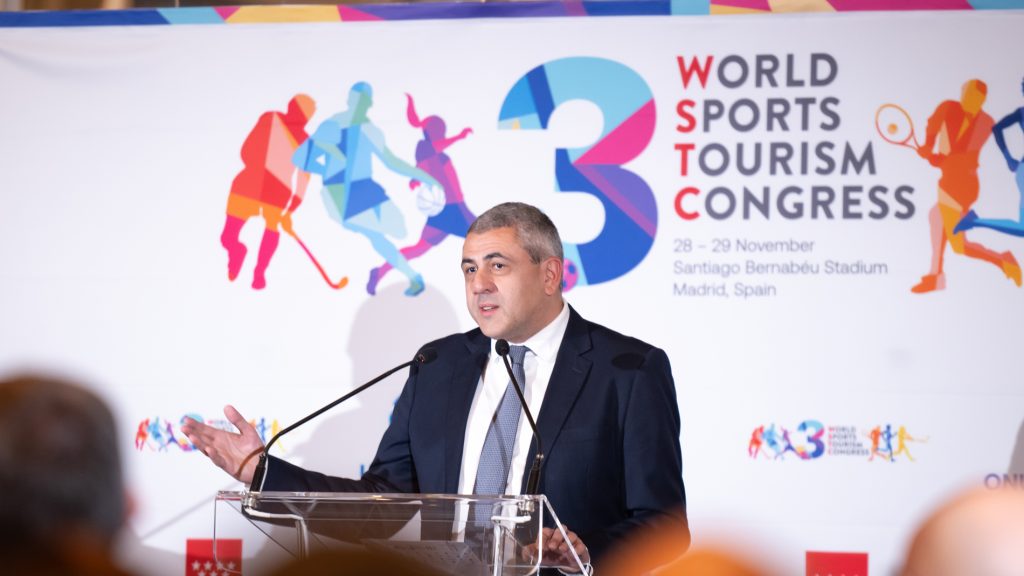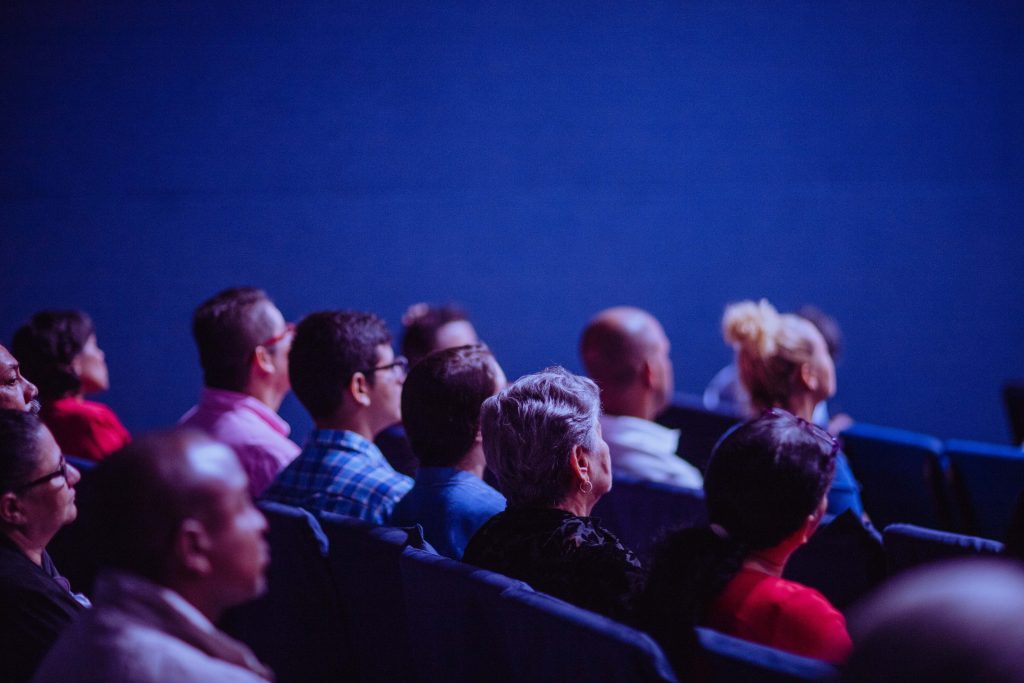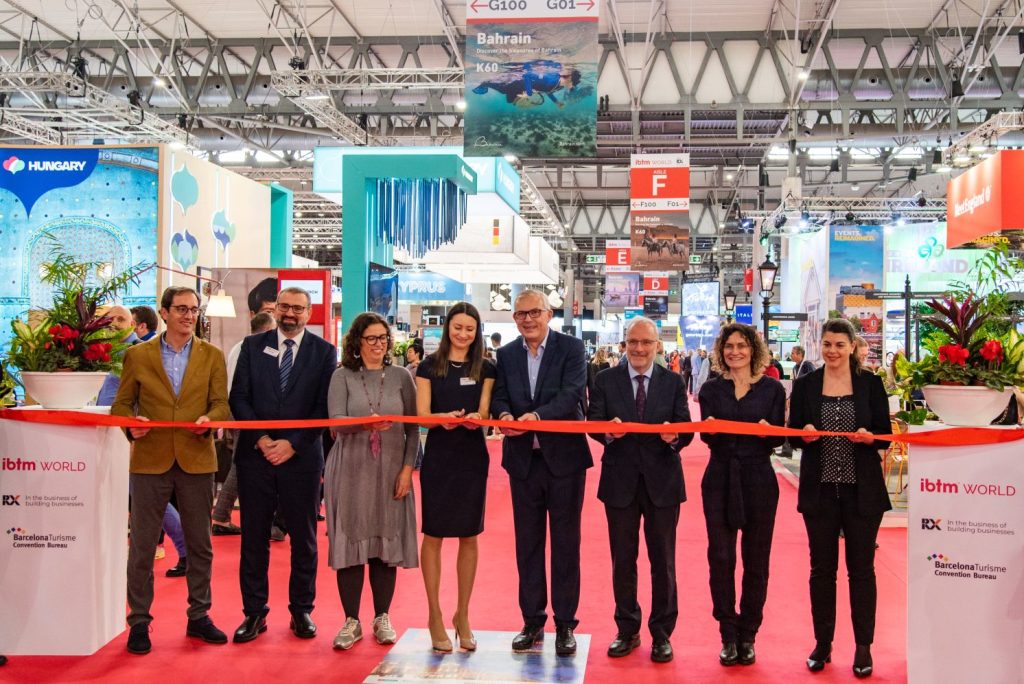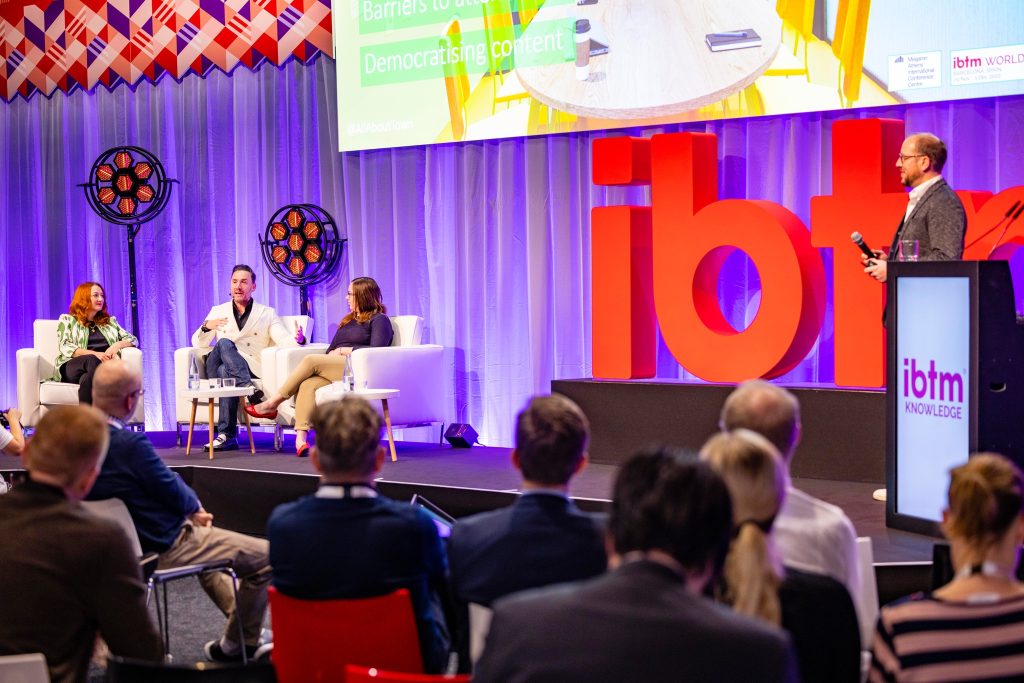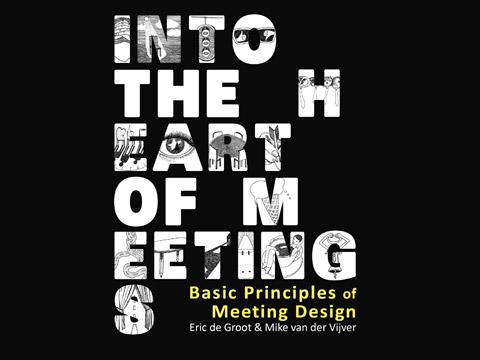
Share news
Listen
We already knew (thanks to Maarten Vanneste and his manifesto “Meeting Architecture” for opening our eyes, by the way…) that we are in an industry that often forgets its true objective. Maarten claimed that “logistics & hospitality” generally occupies most of the time, interest and budget of event organisers, while its true function (communicate, motivate, etc..) was lost.
Having a good hotel and organising a spectacular gala dinner have become more important than the fact of communicating a message effectively. And the shell is more important than its content.
Now, what do we have to change exactly? Maarten explained the need of a whole new science, but didn´t develop this science in his book. Good news: this science is born and is called “meeting design”. Now it may have its Bible.
It is a serious book and an extremely sober design (something unusual in a book about good communication), whose text lays the foundation for a revolution in our conception of events.
According to the authors, the aim of an event can be included in six possible areas: learning, motivation, networking, decision making, alignment, rituals.
If we want to achieve these goals, we have to stop being slaves to hospitality and start applying the principles of meeting design, which the authors explain in a crystal-clear way.
The book provides many studies, dialogues explaining client resistance and how it can be discussed… and finally a number of case studies about innovative formats. It also stresses the need for a full briefing that analyses the needs of the company, the situation of the participants, their expectations… and how to get those briefings.
Starting from an example of briefing that doesn´t work, the provocative authors explain how we need to rethink the basic information given to the organiser, and put the participant, the expected result or the post event moments in the centre of the work process.
Eric de Groot and Mike Van der Vijver remind us the importance of participation, with techniques that allow the knowledge to flow between participants (the famous “wisdom of crowds”).
They explain the secrets we can learn from theatre, or techniques to define when is the perfect moment to deliver important messages.
They change a presentation of 45 minutes to a 9-minute one, followed by a dialogue with the public. The participant is the real actor of the event.
They also recall the importance of the environment, the furniture, the light and temperature of the venue. Our sensations condition how we feel, how participative, positive, receptive, we are… so it makes sense to put some thought into the physical experience of the participant.
But above all, this magnificent book teaches us how to break inertia and get obsessed with the target. It could be your best reading of the year.


